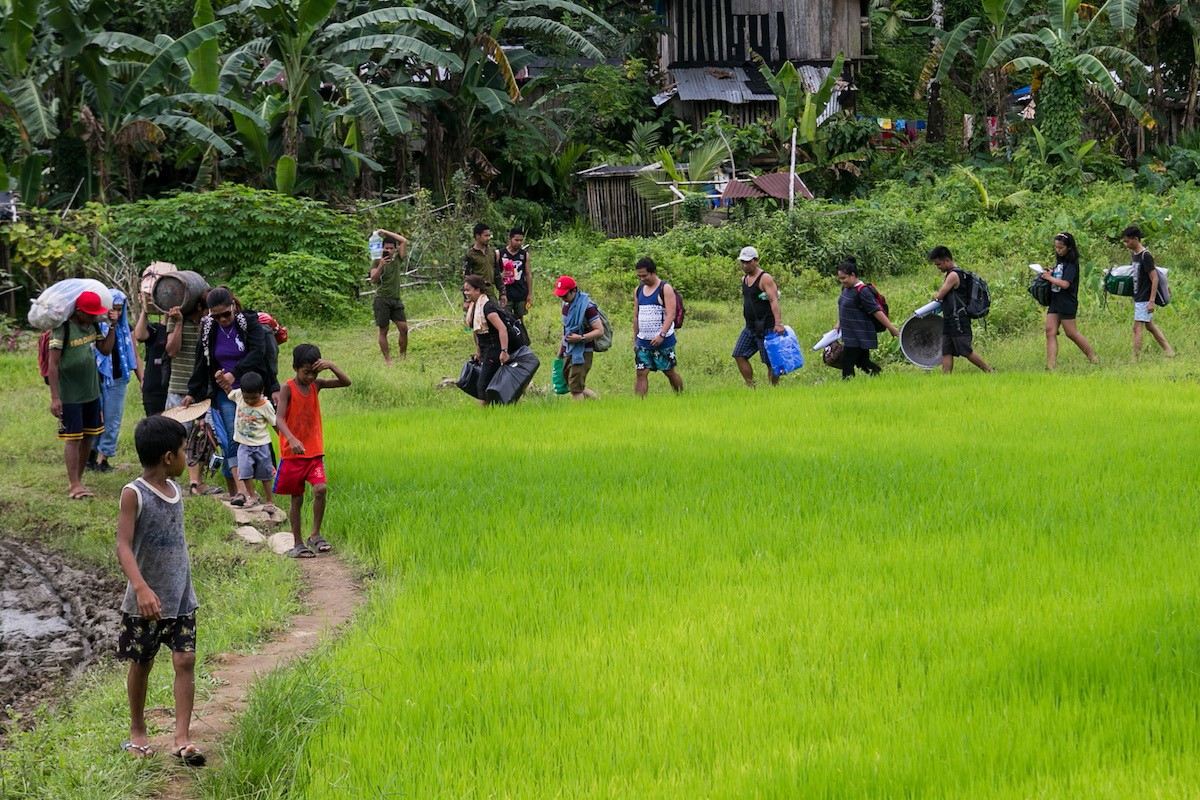The missionary strength of the Catholic Church is hard to gauge by numbers or cast into the mold of statistics. Still, Catholic efforts worldwide are measured and reported across many missionary fields of endeavor, ranging from education to health.
According to figures published on the occasion of this year’s World Mission Sunday — this year celebrated on Sunday, Oct. 23 — the Catholic Church manages 72,785 nursery schools in the world attended by 7,510,632 pupils; 99,668 primary schools for 34,614,488 pupils; and 49,437 secondary schools for 19,252,704 pupils.
In the field of health care, the Church manages 5,322 hospitals; 14,415 dispensaries; 534 leper clinics; 15,204 homes for the elderly, the chronically ill, and the disabled; 9,230 orphanages; 10,441 kindergartens; 10,362 marriage counseling centers; 3,137 education or re-education centers; and 34,291 other institutions.
These global figures are a powerful witness to the strength of the Church’s missionary work.
World Mission Day — also known as World Mission Sunday — was established by Pope Pius XI in 1926. It is usually observed on the third Sunday of October.
This year the official theme is “You shall be my witnesses” (Acts 1:8).
Pope Francis in his message for Sunday described Christ’s words in the Acts of the Apostles as “the heart of Jesus’ teaching to the disciples.”
The pope also noted that 2022 marks several significant missionary anniversaries. It is the fourth centenary of the founding of the Congregation de Propaganda Fide, which oversaw the dramatic expansion of the Catholic world following its foundation by Pope Gregory XV.
The body is known today as the Congregation for the Evangelization of Peoples.
It is also the second centenary of the Society of the Propagation of the Faith, founded in 1822 by the French laywoman Pauline Jaricot, who was beatified on May 22.
The body is the oldest of four Pontifical Mission Societies, an umbrella group of Catholic missionary societies under the pope’s jurisdiction.
A worldwide collection is held each year on World Mission Day for the societies, which consists of the Society for the Propagation of the Faith, the Society of St. Peter the Apostle, the Society of the Holy Childhood, and the Pontifical Missionary Union.
The first three bodies were granted the title “Pontifical” 100 years ago, the pope observed in his message.
The Pontifical Mission Societies have the task of financially supporting missionary activity, starting with Blessed Pauline Jaricot’s idea of involving ordinary faithful in missionary work.
There are four Pontifical Mission Societies founded in the 19th century: the Pontifical Society of Missionary Childhood, founded in 1843 in France by Monsignor Forbin-Janson; the Pontifical Society for the Propagation of the Faith, founded by Jaricot; the Society of St. Peter the Apostle, founded in 1889 on the inspiration of Bishop Jules-Alphonse Cousin of Nagasaki for the formation of priests and put into practice by Stefanie and Jeanne Bigard; and finally the Pontifical Missionary Union, which is an association of clergy, religious, and laity created to stir in the Church a passion for the mission.
Today the mission has changed profoundly.
Western countries have shown less and less missionary zeal. Yet local dioceses are increasingly involved in some territories; there is an increasingly strong presence of local Pontifical Mission Societies in digital media; and there are more and more missionary families.
The Pontifical Mission Societies have the role of continuing to keep the missionary idea alive, with 120 national directions and many initiatives.
Catholic bishops and organizations across Africa are working hard to achieve full financial autonomy for local churches. For many, this is a difficult challenge, given the circumstances. For example, South Sudan is a country with significant needs and specific problems.
Christian communities in countries where they are but a small minority — Bangladesh, Pakistan, and India, for instance — need help regardless of their numbers or political issues simply because they are poor countries.
Church provinces and other communities of the faithful under the authority of a bishop — known as ecclesiastical circumscriptions — dependent on the Dicastery for Evangelization numbered 1,118 in the year 2020, the statistic says.
Most ecclesiastical circumscriptions entrusted to the dicastery are found in Africa (518) and Asia (483), followed by America (71) and Oceania (46).
As of Dec. 31, 2020, there were 1,359,612,000 Catholics worldwide — an overall increase of 15,209,000 people compared with the previous year.
The total number of bishops worldwide has almost stayed the same, at 5,363. On the other hand, there were 410,219 priests worldwide that year, which means a decrease of 4,117 priests compared with the previous year.
The number of religious who are not ordained priests increased by 274 in the same period, reaching a total number of 50,569.
Andrea Gagliarducci is an Italian journalist for Catholic News Agency and Vatican analyst for ACI Stampa. He is a contributor to the National Catholic Register.







